- 383 Posts
- 526 Comments

 2·25 days ago
2·25 days agoDon’t worry there’s still plenty of selective breeding to make sure chickens grow fast at the expense of their health. Fast-growing chicken make up over ~95% of all globally farmed chicken (or higher depending on how you defined fast-growing)

 7·1 month ago
7·1 month agoTrump has already threatened school lunches earlier this year. In Maine, he tried to pull funding from the entire state over some bs around trans people. Maine’s governor told him to his face that she’d see him in court over it. Then a little bit later, he settled in court and gave back the funding without attaching any strings

 10·1 month ago
10·1 month agoHave you tried just compiling it with fewer threads? Would almost certainly reduce the RAM usage, and might even make the compile go faster if it you’re needing to swap that heavily

 6·2 months ago
6·2 months agoThis is part of a broader movement that has seen successes in a lot of places. From Wikipedia
Plant-Based Universities is an international student-led campaign calling for universities and Students’ Unions to adopt fully plant-based catering.[1][2] The campaign began in late 2021[3] in response to the climate crisis.[4] Its chapters have initiated votes in Students’ Unions and, as of October 2025, been successful in one Dutch, one Swedish, two Austrian, two Swiss, four German, and fourteen British universities, with around 80 active campaigns across nine countries.

 5·2 months ago
5·2 months agoThe article talks about more than just working conditions. For instance
While the larger poultry industry in neighboring Arkansas has given rise to worker centers and advocacy groups that push back against unsafe conditions, Oklahoma’s still sizable immigrant workforce has less support
[…]
Immigrant workers are often less inclined than native-born workers to report unsafe working conditions or injuries because they fear losing their jobs or being deported, said Jose Oliva, the campaigns director for the HEAL Food Alliance, a coalition of organizations that represent food industry workers.
[…]
“This industry is really skilled at constantly seeking out who is the most vulnerable or exploitable population, and how do we bring them in,” Stuesse said.

 18·2 months ago
18·2 months agoCan’t speak for this specific blend sourcing they used in this study, but soy protein is usually cheaper in much of the world. It’s why most protein bars use soy protein isolate

 18·2 months ago
18·2 months agoThat’s a rather excessive amount unless you mean g protein/kg instead of g protein / lbs
People who exercise regularly also have higher needs, about 1.1-1.5 grams per kilogram. People who regularly lift weights or are training for a running or cycling event need 1.2-1.7 grams per kilogram. Excessive protein intake would be more than 2 grams per kilogram of body weight each day.
2g / kg = ~0.9g /lbs for reference

 43·2 months ago
43·2 months agoSure, but they intentionally built in large margins to these reference. Of course zero lead is ideal, but it’s not what happens in practice. The metric consumer reports used has a 1000x safety factor vs the FDA’s 10x safety factor
The FDA’s studies of dietary lead exposure show that the average American adult consumes between 1.7 and 5.3 micrograms daily through their normal food intake
[…]
The FDA, as part of its “Closer to Zero” campaign and using a 10X safety factor, has set its reference levels at 2.2 micrograms per day for children and 8.8 for women of childbearing age (to protect against accidental fetal exposure). This means that regularly exceeding these might pose health risks.
[…]
California’s Prop 65, however, used a far higher 1,000X safety factor (1,000 times lower than minimal known unsafe levels) to arrive at 0.5 micrograms of lead per day as its reference level.
From the same article as above

 44·2 months ago
44·2 months agoI assume you are referring to the consumer reports headlines, they have been greatly misleading. They have been using an extremely low level as their bar for concern. Here’s a recent piece talking about that
This is an unachievable safety target, significantly below the lead you get from average daily food consumption
[…]
But compared to the FDA’s more realistic numbers, 6.3 micrograms is 71.6 percent of the reference level for women of childearing age, meaning it’s safe even for at-risk individuals. For adult males, who are more likely to glug protein shakes, the risk is negligible. Children, with some exceptions, shouldn’t be consuming protein powder at all
[…]
And it bears noting that Consumer Reports’s tests showed levels of lead that were higher than tests of Huel carried out by the National Sanitation Foundation, an independent testing body, which showed that a serving of Huel Black came in under 3.6 micrograms
(https://archive.is/y6ZHk for paywall)

 1·3 months ago
1·3 months agoAldi (German pronunciation: [ˈaldiː] ⓘ), styled as ALDI,[6] is the common company brand name of two German multinational family-owned discount supermarket chains operating over 12,000 stores in 18 countries.[7][8] The chain was founded by brothers Karl and Theo Albrecht in 1946, when they took over their mother’s store in Essen. The business was split into two separate groups in 1960 that later became Aldi Nord (initially Northern West Germany), headquartered in Essen, and Aldi Süd (initially Southern West Germany), headquartered in neighbouring Mülheim.[9][10]
So I say “consider how some people actually do have a single source of protein per day, they’re not combining it with other food sources, but they should be aware of this” and your reply is “oh but you see they’re combining it with other food sources so that’s not important” flawless logic.
My point is that it effectively happens anyway without even having to think about it in 99% of cases. It’s not really a large issue in the slightest. It just makes things sound scarier and more complex than it needs to be. People have finite ability to focus on various health things, and this just isn’t something 99% of people need to be worried about
If someone is eating the exact identical source exclusively, every single day with no variation in anything, they are likely going to end up deficient in other things way before this, regardless of which thing they are eating (unless it’s something like Huel or Soylent which is designed to include everything). This is not at the level of “someone has beans a lot”. This is at the level of “virtually all of your calories come from beans” to be some larger issue
Many people use it as a lever to attack plant-based diets in situation that it just doesn’t apply at all by making it sound like it’s something you’re needing some spreadsheet for. It’s really not the case. Plus things like soy, chia, hemp, and more are also already complete too
I never said that. You mentioned it, I said I agreed, and you mentioned it again to reinforce a point I never made. Trying to pad out the comment or something?
I was not saying that you said this. I should have worded that better. I was trying to add some more context for relevant statements from authors talking about both complete proteins and protein combining. I did a poor job of that though
because your body will absolutely not fully digest the 2g of protein in your 100g plate of white rice.
You don’t need to digest all of it, it’s just about a specific amino acid (Methionine in this case which beans already have some of). It’s just a little bit to make it complete. For instance, one of the studies you linked with rice + lentils found the two together rose the DIASS to overall be 100% (122% for infants and kids, 143% for older adults)
I should also note protein quality metrics are also often based on some faulty assumptions for plants in particular. For instance, the DIASS has some flaws that make it undervalue the quality of plant proteins
While multiple strengths characterize the DIAAS, substantial limitations remain, many of which are accentuated in the context of a plant-based dietary pattern. Some of these limitations include a failure to translate differences in nitrogen-to-protein conversion factors between plant- and animal-based foods, limited representation of commonly consumed plant-based foods within the scoring framework, inadequate recognition of the increased digestibility of commonly consumed heat-treated and processed plant-based foods, its formulation centered on fast-growing animal models rather than humans, and a focus on individual isolated foods vs the food matrix. The DIAAS is also increasingly being used out of context where its application could produce erroneous results such as exercise settings. When investigating protein quality, particularly in a plant-based dietary context, the DIAAS should ideally be avoided.
https://link.springer.com/content/pdf/10.1007/s13668-020-00348-8.pdf
Many researchers argue the exact opposite - that it is way overemphasized. Especially because thing you might not think of as protein sources can add the missing other amino acids. Things like wheat, rice, etc. also have protein that can complement others. It’s extremely unlikely for a bean heavy diet to actually have beans as the sole source of all protein even if is the main source
Combining does not need to happen for every single meal: so long as the diet is varied and meets caloric needs, even vegans and vegetarians – people who tend to have more “incomplete protein” in their diet – can easily meet their amino acid needs. In other words, most people do not need to consider the completeness of proteins of single foods.[9]
https://en.wikipedia.org/wiki/Complete_protein
Especially the false idea that it has to be done at each meal
Protein combining has drawn criticism as an unnecessary complicating factor in nutrition.
In 1981, Frances Moore Lappé changed her position on protein combining from a decade prior in a revised edition of Diet for a Small Planet in which she wrote:
"In 1971 I stressed protein complementarity because I assumed that the only way to get enough protein … was to create a protein as usable by the body as animal protein. In combating the myth that meat is the only way to get high-quality protein, I reinforced another myth. I gave the impression that in order to get enough protein without meat, considerable care was needed in choosing foods. Actually, it is much easier than I thought.
“With three important exceptions, there is little danger of protein deficiency in a plant food diet. The exceptions are diets very heavily dependent on [1] fruit or on [2] some tubers, such as sweet potatoes or cassava, or on [3] junk food (refined flours, sugars, and fat). Fortunately, relatively few people in the world try to survive on diets in which these foods are virtually the sole source of calories. In all other diets, if people are getting enough calories, they are virtually certain of getting enough protein.”[13]: 162
The American Dietetic Association reversed itself in its 1988 position paper on vegetarianism. Suzanne Havala, the primary author of the paper, recalls the research process:
There was no basis for [protein combining] that I could see… I began calling around and talking to people and asking them what the justification was for saying that you had to complement proteins, and there was none. And what I got instead was some interesting insight from people who were knowledgeable and actually felt that there was probably no need to complement proteins. So we went ahead and made that change in the paper. [Note: The paper was approved by peer review and by a delegation vote before becoming official.]
Focusing on complete proteins is largely unhelpful 99.9% of cases. Unless you are eating a exclusively singular source of protein for all meals and snacks it’s going to be not practically relevant. You don’t need to get all the amino acids at the same meal - just at some point in the day. And even thing you don’t think of as protein sources can be enough to make something complete. For instance, just adding rice is enough to make beans complete
It’s also not the case that the beans don’t have all the amino acids, they do, it’s just less on certain ones. Which is why it can often take so little to make something complete protein. Complete is just a bar of “does it have this specific threshold of the amino acids”, not does it contain them at all
Incorrect, you can always have more beans
Source: I love beans
Very fitting username for this post. I wish I could be so clever. Alas, they are tricky to come up with

 5·4 months ago
5·4 months agoBut still greatly misleading. Having impact doesn’t mean having equal impact. Plant-based foods all have dramatically lower impact than any animal-based foods. See some of my comments further up the chain

 4·4 months ago
4·4 months agoNot equally so
Transitioning to plant-based diets (PBDs) has the potential to reduce diet-related land use by 76%, diet-related greenhouse gas emissions by 49%, eutrophication by 49%, and green and blue water use by 21% and 14%, respectively, whilst garnering substantial health co-benefits
[…]
Plant-based foods have a significantly smaller footprint on the environment than animal-based foods. Even the least sustainable vegetables and cereals cause less environmental harm than the lowest impact meat and dairy products [9].

 7·4 months ago
7·4 months agoTransitioning to plant-based diets (PBDs) has the potential to reduce diet-related land use by 76%, diet-related greenhouse gas emissions by 49%, eutrophication by 49%, and green and blue water use by 21% and 14%, respectively, whilst garnering substantial health co-benefits
[…]
Plant-based foods have a significantly smaller footprint on the environment than animal-based foods. Even the least sustainable vegetables and cereals cause less environmental harm than the lowest impact meat and dairy products [9].


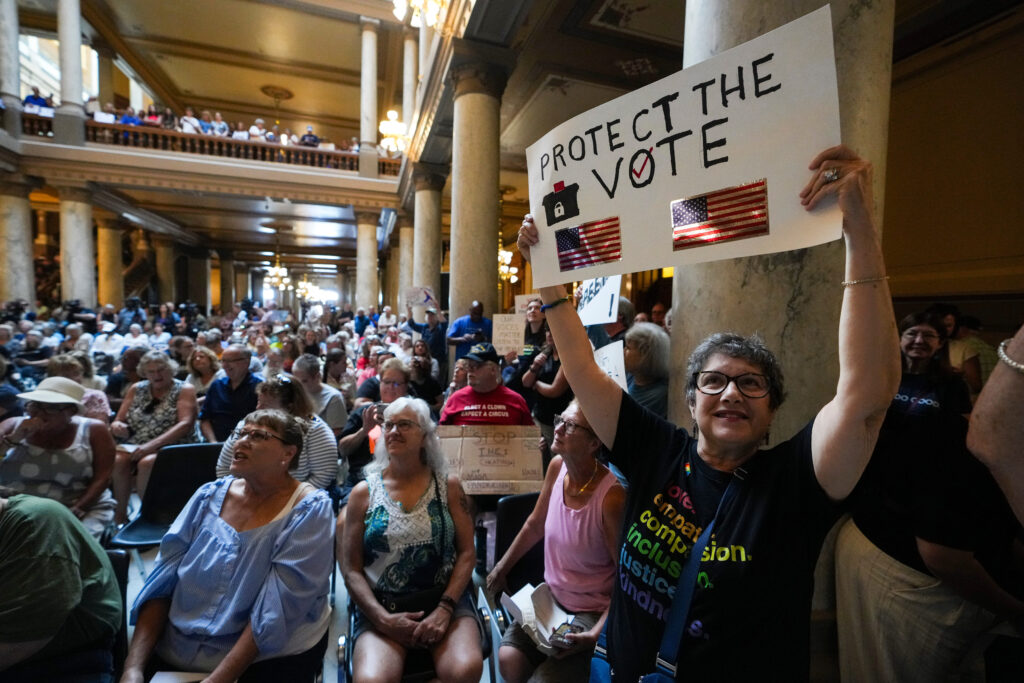



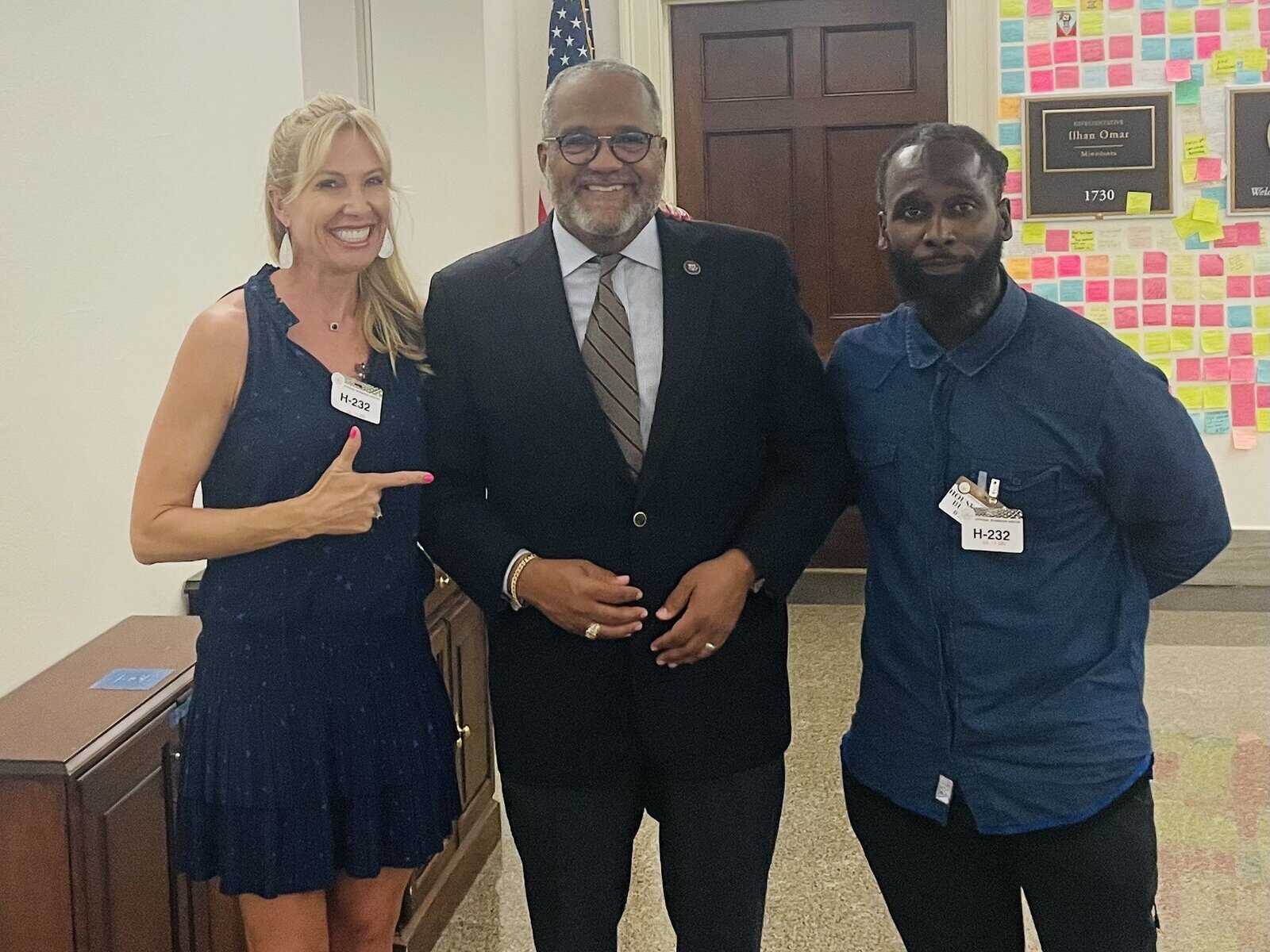


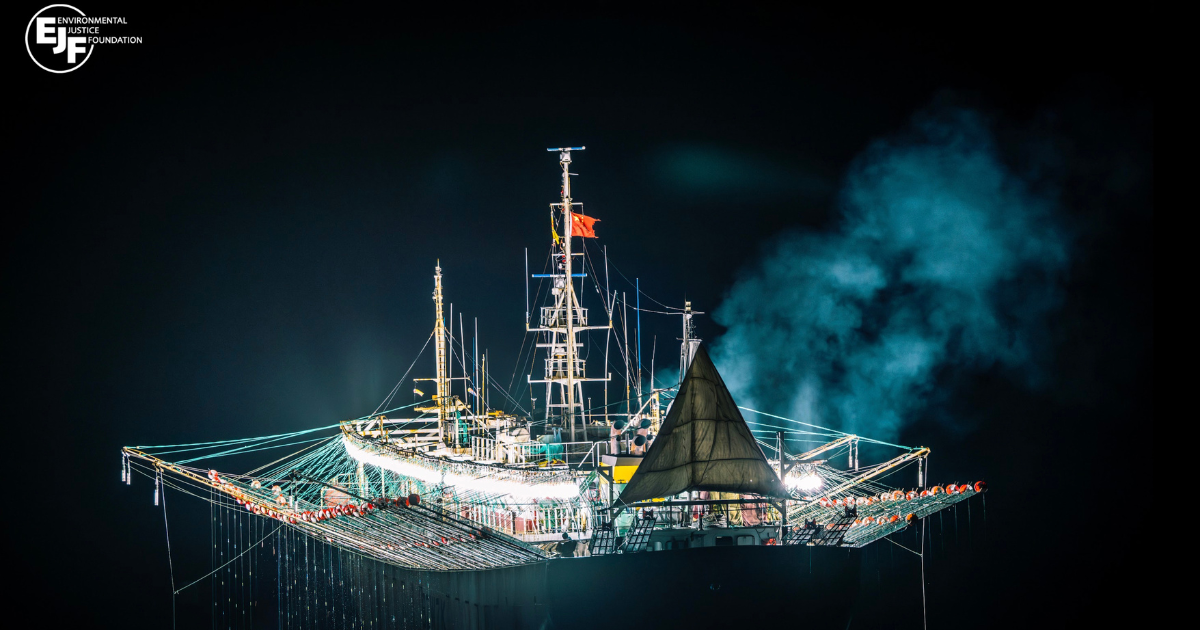
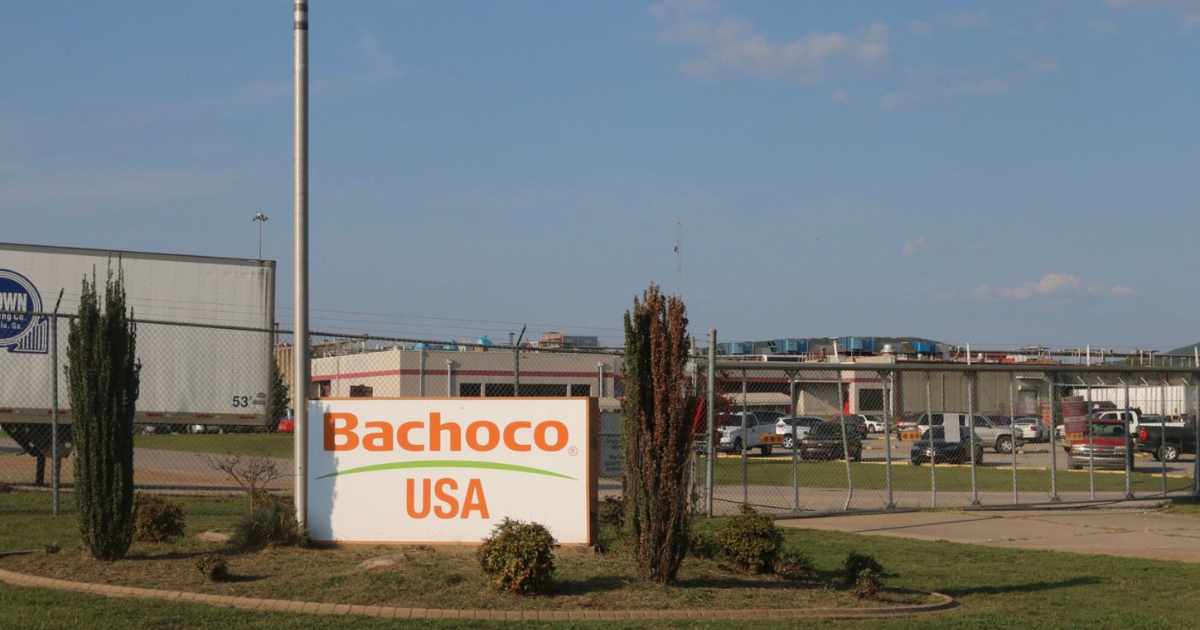

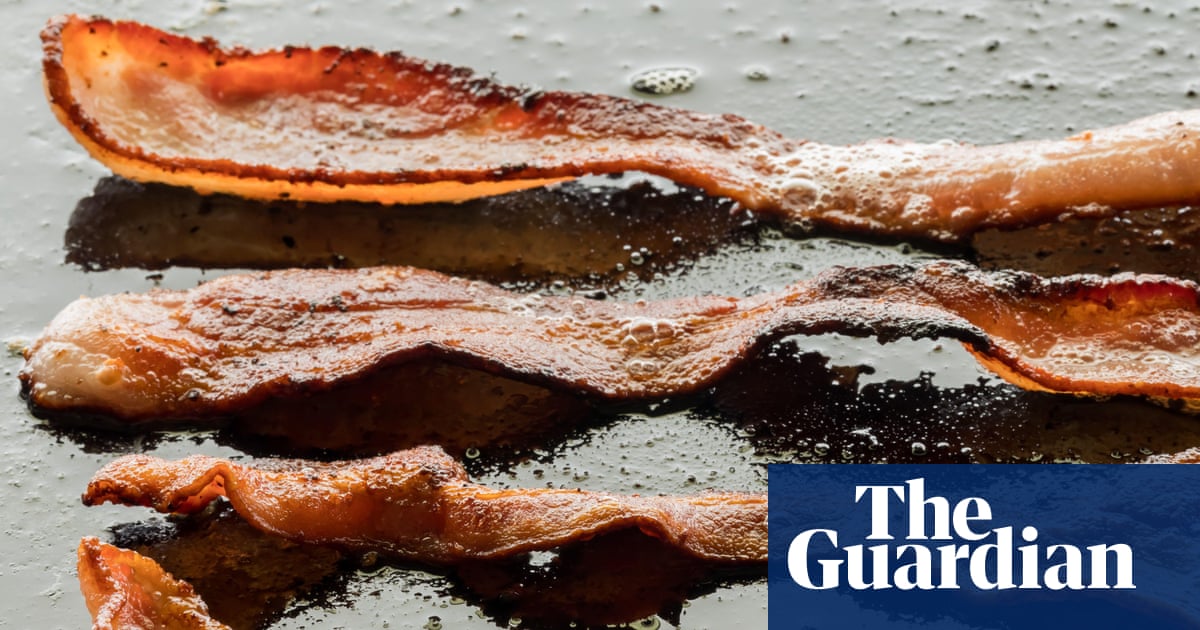








Can we bring back talking about beans all the time on Lemmy? Asking for a friend who love beans (aka me)